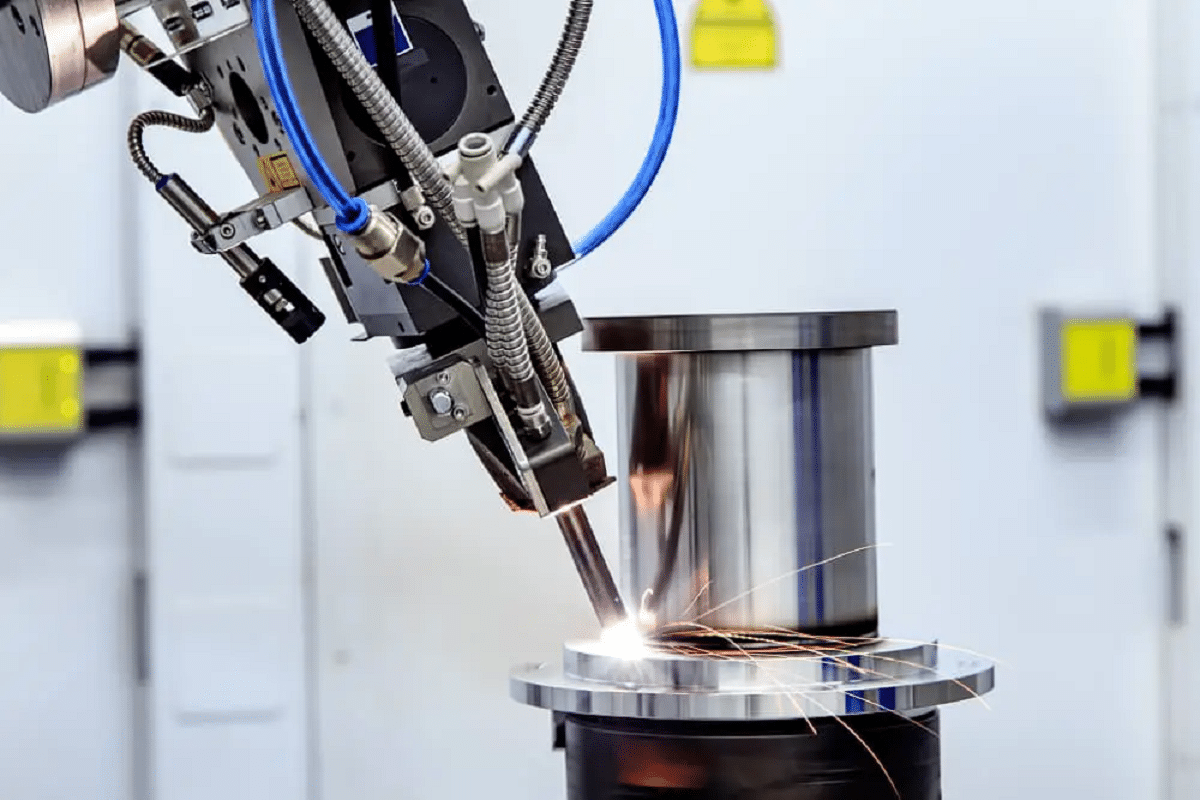Ideal Practices for Preventing Weld Undercut: Mastering the Basics
Ideal Practices for Preventing Weld Undercut: Mastering the Basics
Blog Article
Mastering the Art of Welding: Exactly How to Stay Clear Of Undercut Welding Issues for Flawless Construction Outcomes
Effectiveness and precision are extremely important on the planet of welding, where also the slightest blemish can jeopardize the architectural honesty of a fabricated item. One common difficulty that welders face is undercutting, a defect that can damage a weld joint and lead to pricey rework. By understanding the source of undercut welding and executing reliable techniques to stop it, welders can elevate their craft to new levels of excellence (Preventing weld undercut). In the pursuit of flawless fabrication outcomes, mastering the art of welding to avoid undercut problems is not simply a skill yet a need for those pursuing perfection in their work.
Understanding Undercut Welding

To prevent undercut welding, welders should guarantee proper welding parameters, such as adjusting the current, voltage, traveling rate, and keeping the proper electrode angle. By recognizing the reasons of undercut welding and executing preventive measures, welders can achieve top notch, structurally audio welds.
Sources Of Undercut in Welding
Understanding the aspects that contribute to damage in welding is essential for welders to generate premium, structurally audio welds. Damaging takes place when the weld steel does not correctly fill the groove formed in between the base metal and the previously transferred weld metal. Several factors can bring about undercut in welding. One common reason is extreme warm input. Welding at heats for extended durations can cause the base metal thawing greater than preferred, leading to undercut. Insufficient welding current or inaccurate welding rate can likewise contribute to damage. Not enough current may not supply sufficient warm to melt the base and filler steels effectively, while excessive speed can prevent correct fusion, creating undercut. In addition, improper electrode angles or inaccurate torch manipulation strategies can produce locations of reduced weld metal deposition, advertising undercut. Comprehending these causes and implementing proper welding methods can assist avoid undercutting concerns, making certain strong and sturdy welds.
Methods to Prevent Undercutting

To alleviate the risk of damaging in welding, welders can employ critical welding strategies intended at boosting the quality and stability of the weld joints. Additionally, making use of the correct welding method for the particular joint arrangement, such as weave or stringer beads, can add to reducing undercutting.
Utilizing back-step welding original site strategies and managing the weld grain account can additionally aid disperse heat equally and minimize the risk of undercut. Routine evaluation of the weld joint during and after welding, as well as applying high quality assurance steps, can aid in resolving and identifying undercutting concerns immediately.
Value of Correct Welding Specifications
Picking and maintaining suitable welding parameters is important for accomplishing successful welds with very little flaws. Welding specifications describe variables such as voltage, present, take a trip rate, electrode angle, and shielding gas flow rate that straight influence the welding process. These criteria must be very carefully readjusted based on the type of material being welded, its density, and the welding strategy employed.
Proper welding specifications make certain the best quantity of heat is used to melt the base metals and filler product consistently. If the parameters are established too expensive, it can lead to too much warm input, triggering spatter, burn-through, or distortion. On the other hand, if the specifications are too low, incomplete blend, lack of infiltration, or damaging might happen.
Quality Guarantee in Welding Workflow

Conclusion
To conclude, mastering the art of welding needs a thorough understanding of undercut welding, its reasons, and methods to stop it. By making certain proper welding criteria and executing quality control techniques, perfect fabrication results can be accomplished. It is necessary for welders to regularly pursue excellence in their welding procedures to avoid undercut issues and produce high-grade welds.
Undercut welding, a typical flaw in welding processes, takes place when the weld steel doesn't appropriately fill up the groove and leaves a groove or clinical depression along the bonded joint.To protect against undercut welding, welders should make sure correct welding parameters, such as readjusting the present, voltage, travel speed, and preserving the correct electrode angle. Poor welding existing or incorrect welding speed can likewise contribute to undercut.To reduce the risk of undercutting in welding, welders can employ tactical welding techniques aimed at improving the high quality and integrity of the Check Out Your URL weld joints.In verdict, understanding the art of welding needs a comprehensive understanding of undercut welding, its reasons, and strategies to stop it.
Report this page